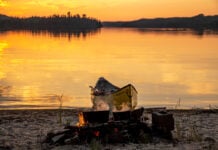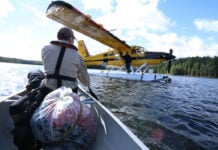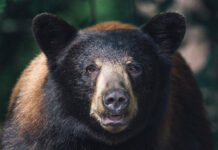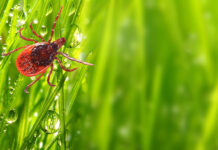The Oxford Dictionary defines a superhero as someone with abilities beyond those of ordinary people, and who uses his or her powers to help the world become a better place. My superheroes growing up weren’t the ones on television or in comic books. Spider-Man’s costume kind of freaked me out. The Green Hornet got way more attention than Kato. I was a tad shocked when Wonder Woman’s Lynda Carter became a Playboy centerfold.
By the time the Man of Steel first appeared in Action Comics #1 in June 1938, many of my superheroes were already young adults paddling into prolific—if not necessarily profitable—careers. It was outdoor writers, from paddlers to preservationists, who I admired growing up.
My early readings were from author Farley Mowat. His classic books captivated generations of school children with outdoorsy tales such as The Dog Who Wouldn’t Be, The Boat Who Wouldn’t Float and Owls In The Family. Those novels turned me into a dreamer and a storyteller. His later books, A Whale For The Killing, Sea of Slaughter and No Man’s River, honed my focus to protecting the natural world.
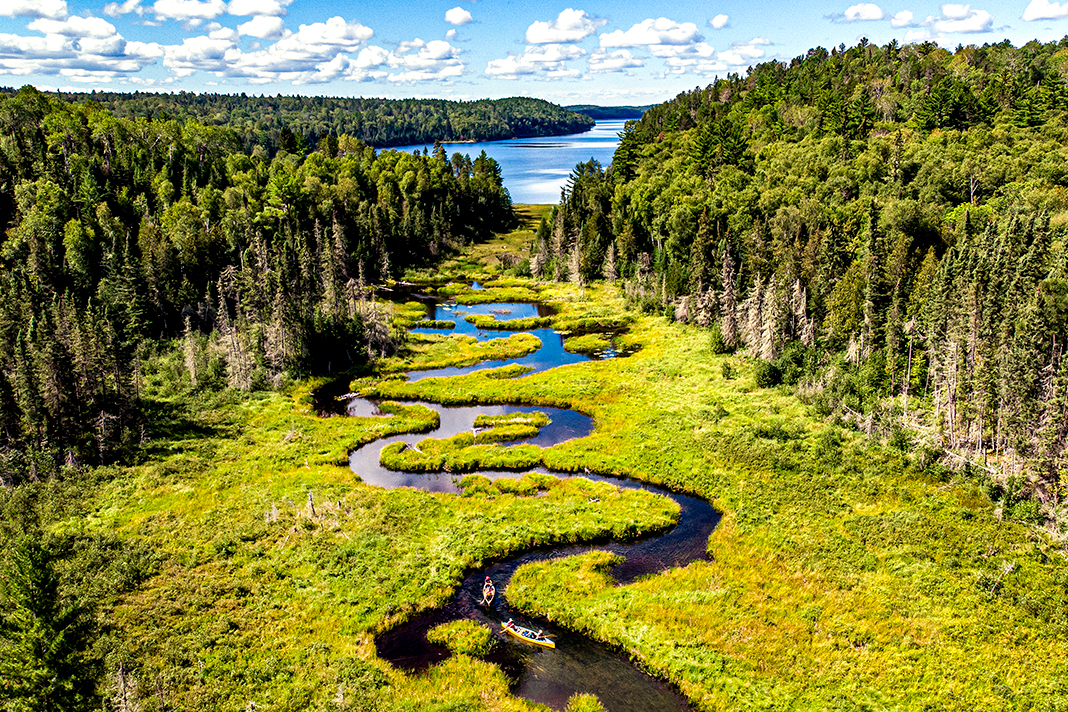
Author R.D. Lawrence was the next big influencer for me. His books Paddy, The North Runner, and Secret Go The Wolves introduced me to the quiet life of contemplation and observation during his multi-month wildlife studies. His book The Zoo That Never Was—which details caring for orphaned bears, otters, skunks, raccoons, lynx, geese, ducks, turtles and porcupines—became the reason I chose to work at a wildlife center in the 1980s.
And of course, Bill Mason’s books Path of the Paddle and Song of the Paddle taught me and countless others how to canoe. As a preteen, I’d take them out of the public library and practice my paddling skills on the local millpond with a 14-foot fiberglass canoe I reclaimed from the local dump.
When I started to take more remote canoe trips, I wore the ink off the pages of Cliff Jacobson’s how-to book, Canoeing Wild Rivers, and environmentalist Hap Wilson’s Temagami canoe guide.
Sigurd Olson’s writings put me into a trance; his written words are sheer poetry. He was influential in the protection of the Boundary Waters Canoe Area Wilderness and helped establish Voyageurs National Park in northern Minnesota, Alaska’s Arctic National Wildlife Refuge and Point Reyes National Seashore in California. I felt inspired to do my part after reading his work.
In my early twenties, working as an outdoor educator, my influences became more refined. My top reads were Ernest Thompson Seton’s Wild Animals I Have Known, Edward Abbey’s Desert Solitaire: A Season in the Wilderness, John A. Livingston’s Fallacy of Conservation, and Barry Lopez’s River Notes: The Dance of Herons. Aldo Leopold’s A Sand County Almanac was like a bible to me. All of them became writers who mobilized movements for good through their passion and dedication.
Of course, even though I’m still more inclined to crack a book and read about the joy of paddling a wild river and the solace of a forest campsite, I can’t ignore the power of a good superhero movie. And since nine of the 25 top-grossing films of all time are Marvel flicks, I think it’s safe to say most of us do.
Pop culture researchers hypothesize so many of us enjoy superhero movies because these stories show us how a single person can make the world a better place. Superheroes protect the voiceless and inspire us to do better. That sounds a lot like what my favorite wilderness authors have done in real life. The only difference with the Oxford definition is that these outdoor writers are regular people, like you and me. Their superpower was spending a lifetime dedicated to making a difference, rather than 120 popcorn-filled minutes.
This article was first published in Paddling Magazine Issue 64. Subscribe to Paddling Magazine’s print and digital editions here, or download the Paddling Magazine app and browse the digital archives here.
Kevin Callan is the author of 18 paddling books and guides, including his bestselling Happy Camper series.
Protected through the work of dedicated individuals like you and me. | Photo: David Jackson




